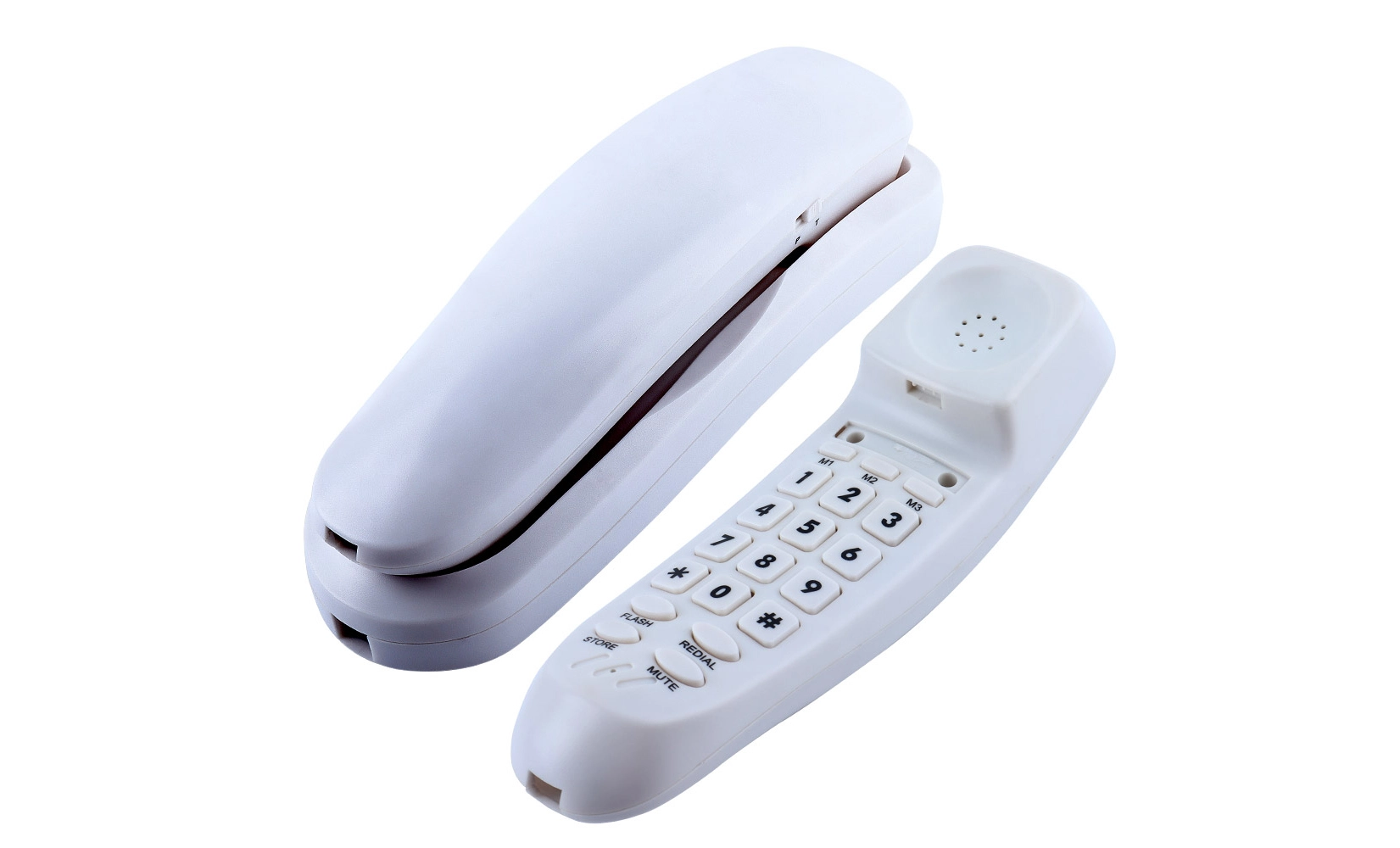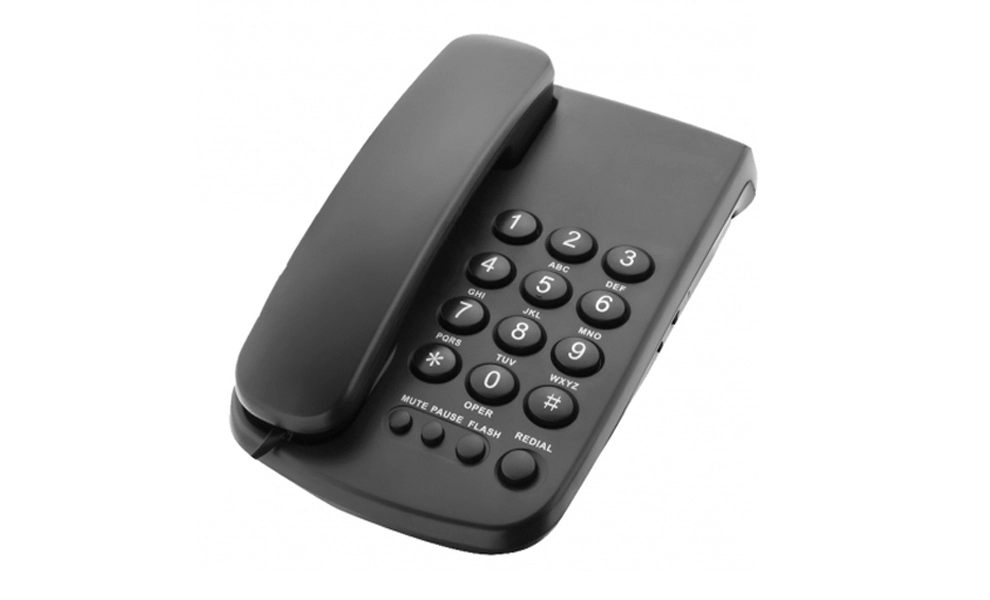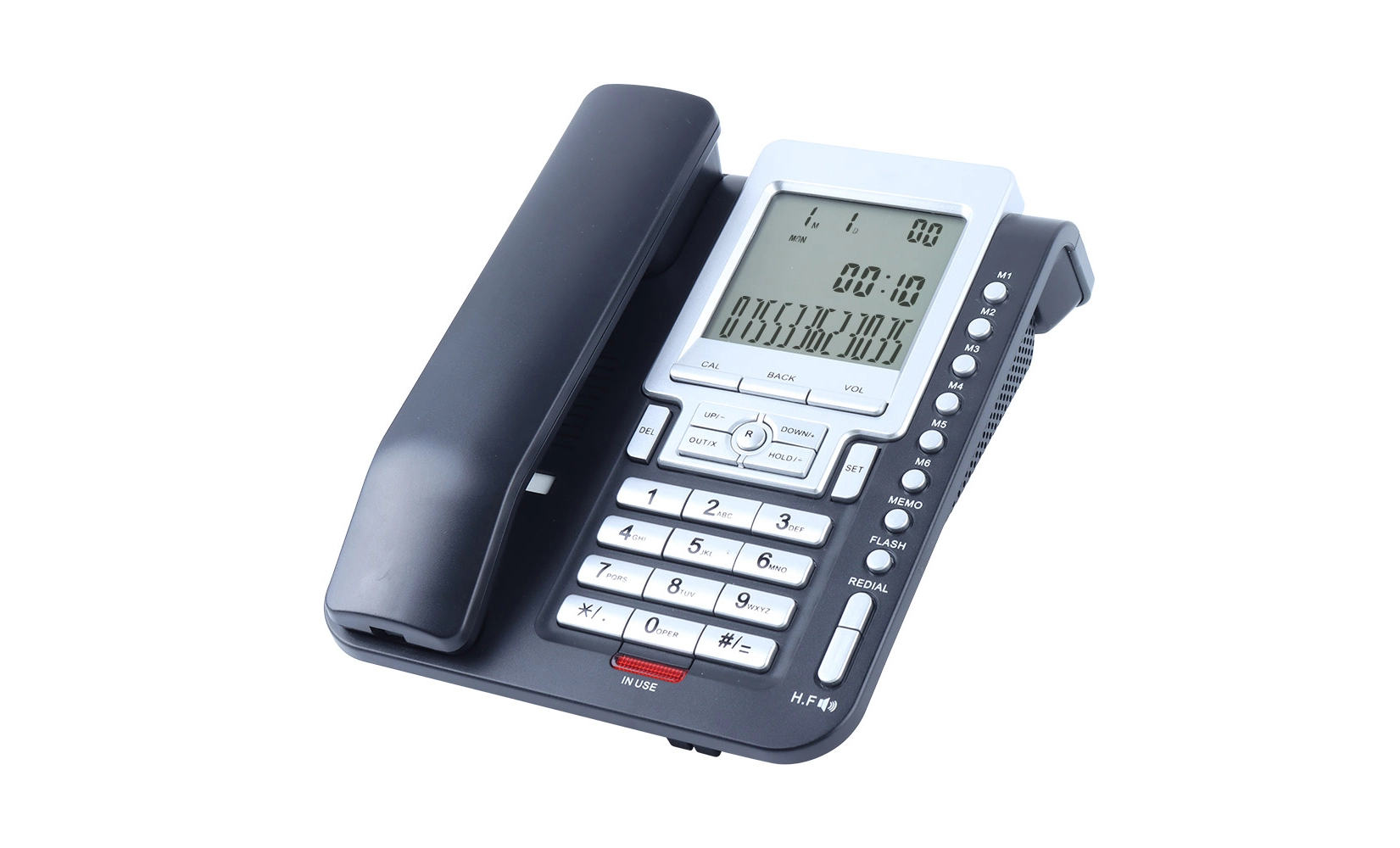From Rotary to Touch-Tone: How the Trimline Telephone Bridged the Gap?
 The trimline telephone played a pivotal role in bridging the technological divide between rotary and touch-tone dialing systems. Introduced in the 1960s, this innovative design merged the handset and dial into a single, sleek unit. Its compact form factor and lightweight construction made it a game-changer in telephone ergonomics. The trimline's ability to accommodate both pulse (rotary) and tone dialing methods allowed it to function seamlessly in evolving telephone networks. This adaptability ensured its widespread adoption during a crucial transition period in telecommunications history, effectively bridging the gap between old and new technologies.
The trimline telephone played a pivotal role in bridging the technological divide between rotary and touch-tone dialing systems. Introduced in the 1960s, this innovative design merged the handset and dial into a single, sleek unit. Its compact form factor and lightweight construction made it a game-changer in telephone ergonomics. The trimline's ability to accommodate both pulse (rotary) and tone dialing methods allowed it to function seamlessly in evolving telephone networks. This adaptability ensured its widespread adoption during a crucial transition period in telecommunications history, effectively bridging the gap between old and new technologies.
The Evolution of Telephone Technology: From Rotary to Touch-Tone
The Reign of Rotary Phones
Rotary dial telephones dominated the telecommunications landscape for much of the 20th century. These devices utilized a pulse dialing system, where each digit was represented by a specific number of electrical pulses. Users would rotate a finger wheel to input phone numbers, a process that was reliable but time-consuming. The mechanical nature of rotary phones made them durable and long-lasting, but they were limited in their ability to interface with more advanced telephone services.
The Advent of Touch-Tone Technology
In the 1960s, Bell Laboratories introduced touch-tone technology, revolutionizing the way people interacted with their phones. This system used dual-tone multi-frequency (DTMF) signaling, where each button press generated a unique combination of two tones. Touch-tone phones offered several advantages over their rotary counterparts:
- Faster dialing speeds
- Compatibility with automated phone systems
- The ability to transmit data over phone lines
- Enhanced user experience with audible feedback
Despite these benefits, the transition from rotary to touch-tone was not immediate. Many telephone networks and households were still equipped for pulse dialing, creating a need for a transitional technology.
The Trimline Telephone: A Bridge Between Eras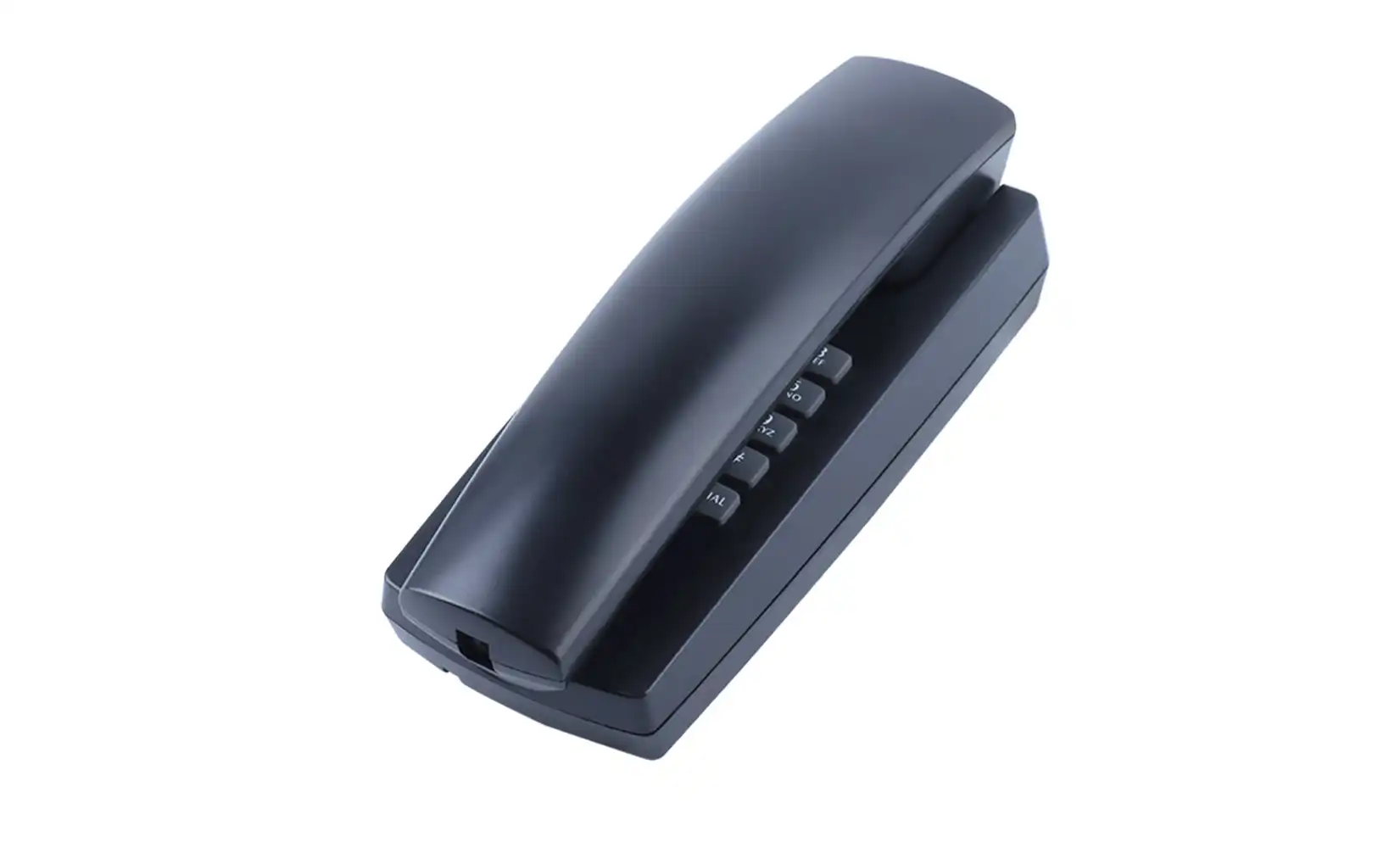
Enter the trimline telephone, an ingenious solution to the rotary-touch-tone conundrum. Designed by Henry Dreyfuss Associates for Bell Telephone Laboratories, the trimline phone was a marvel of mid-century modern design. Its key features included:
- An integrated handset and dialing mechanism
- A slim profile that fit comfortably in hand
- Illuminated keypad for nighttime use
- Versatile mounting options (wall or desk)
Most importantly, many trimline models were equipped with a switch that allowed users to toggle between pulse and tone dialing modes. This dual-mode capability made the trimline telephone an ideal transitional device, capable of functioning on both old and new telephone systems.
The Impact of the Trimline Telephone on Communication
Ergonomic Revolution in Telephone Design
The trimline telephone's sleek design was more than just aesthetically pleasing; it represented a significant leap forward in ergonomics. By integrating the dial or keypad into the handset, it allowed users to dial numbers while holding the phone to their ear. This seemingly simple innovation had profound implications:
- Increased comfort during long conversations
- Reduced arm fatigue associated with holding traditional handsets
- Improved accessibility for users with limited mobility
- Enhanced privacy in shared spaces
The trimline's design influenced future telephone models and set new standards for user-centric design in consumer electronics.
 Facilitating the Transition to Modern Telecommunications
Facilitating the Transition to Modern Telecommunications
The trimline telephone's ability to support both pulse and tone dialing played a crucial role in easing the transition to more advanced telecommunications systems. This adaptability benefited various stakeholders:
- Consumers could upgrade their phones without worrying about compatibility issues
- Telephone companies could gradually update their infrastructure without leaving customers behind
- Businesses could adopt new phone-based services without overhauling their entire communication systems
By bridging the gap between old and new technologies, the trimline telephone helped maintain continuity in communications while paving the way for future innovations.
Cultural Impact and Iconic Status
Beyond its technological significance, the trimline telephone left an indelible mark on popular culture. Its modern design and ease of use made it a staple in homes, offices, and hotels across America and beyond. The trimline's iconic status was cemented through its appearances in films, television shows, and advertisements, often symbolizing modernity and sophistication.
The trimline's influence extended to industrial design principles, inspiring a generation of product designers to prioritize form, function, and user experience. Its legacy can be seen in the sleek, minimalist designs of modern smartphones and other communication devices.
The Legacy of the Trimline Telephone in the Digital Age
Enduring Presence in Niche Markets
While smartphones and VoIP systems have largely supplanted traditional landlines, the trimline telephone and its descendants continue to serve important roles in specific contexts:
- Emergency backup systems in homes and businesses
- Hospitality industry, where reliability and simplicity are paramount
- Accessibility solutions for elderly or differently-abled users
- Industrial and institutional settings requiring rugged, no-frills communication devices
The enduring presence of trimline-style phones in these niches is a testament to the timeless utility of its design principles.
Influence on Modern Communication Device Design
The legacy of the trimline telephone can be observed in contemporary communication devices:
- Integration of multiple functions into a single, handheld unit
- Emphasis on ergonomics and user comfort
- Sleek, minimalist aesthetics
- Adaptability to evolving technological standards
Smartphones, in particular, can be seen as spiritual successors to the trimline, offering a compact, all-in-one communication solution that prioritizes user experience.
Nostalgia and Retro Appeal
In recent years, there has been a resurgence of interest in vintage telecommunications technology, including trimline telephones. This phenomenon can be attributed to several factors:
- Appreciation for the tactile experience of physical buttons
- Desire for simplified, distraction-free communication devices
- Aesthetic appeal of mid-century modern design
- Interest in preserving technological heritage
This renewed interest has led to the production of modern trimline-inspired phones, combining classic design elements with contemporary features like caller ID and speakerphone capabilities.
Conclusion
The trimline telephone stands as a testament to innovative design and technological foresight. By seamlessly bridging the gap between rotary and touch-tone systems, it facilitated a smooth transition in telecommunications technology. Its ergonomic design and dual-mode functionality not only solved immediate technological challenges but also set new standards for user-centric design in consumer electronics. The trimline's influence extends beyond its era, inspiring modern communication devices and maintaining a presence in niche markets. As we reflect on the evolution of telephone technology, the trimline remains a pivotal milestone, embodying the perfect balance of form, function, and adaptability that continues to resonate in our digital age.
Tone/pulse switch trimline phones for legacy support | CHEETA
Shenzhen Cheeta Technology Co., Ltd. stands at the forefront of analog telephone manufacturing, boasting over 18 years of OEM/ODM expertise. Our state-of-the-art 1,200㎡ facility, staffed by 100+ skilled workers and 10 senior engineers, produces 1,000 analog units daily. CHEETA's commitment to quality is evident in our adherence to CE and ROHS standards, rigorous 11-step inspection process, and remarkably low failure rate of under 1%.
We offer comprehensive OEM/ODM customization, leveraging our engineering prowess, automation capabilities, and agile response to meet global market demands. Our innovative approach, informed by weekly sessions and global case studies, ensures rapid product evolution aligned with customer needs. For cutting-edge telephone solutions tailored to your requirements, contact us at allen@cheeta.com.cn.
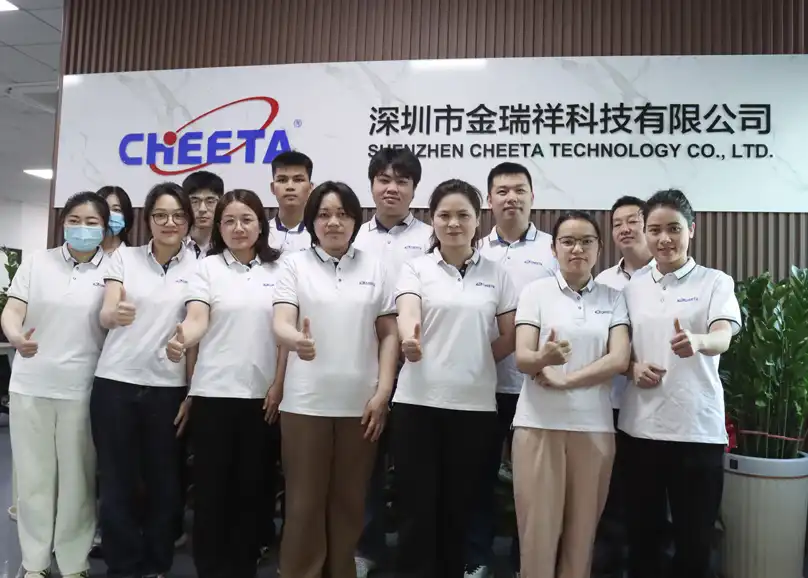
References
1. Brooks, J. (1976). Telephone: The First Hundred Years. Harper & Row.
2. Fagen, M. D. (Ed.). (1975). A History of Engineering and Science in the Bell System: The Early Years (1875-1925). Bell Telephone Laboratories.
3. Fischer, C. S. (1992). America Calling: A Social History of the Telephone to 1940. University of California Press.
4. Mercer, D. (2006). The Telephone: The Life Story of a Technology. Greenwood Publishing Group.
5. Weisman, K. (2014). The Trimline Telephone: Industrial Design Icon. Industrial Designers Society of America.

Kindly inform us your interested product and your detailed requirement, so that we can give you a best suggestion.

Shenzhen Cheeta Technology Co., Ltd – Leading Communication Telephone Manufacturer
